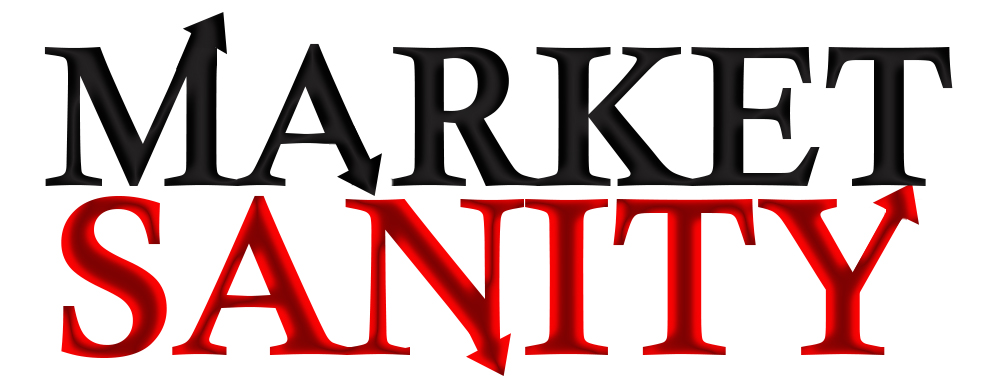Living Your Greatness, Released on 10/17/24
In this episode, James Turk, founder of Gold Money, shares his concerns about rising government authoritarianism and predicts economic challenges due to the collapse of Keynesian systems and fiat currencies. He stresses the importance of owning tangible assets like gold, silver, and property to protect against currency failures. James advocates for gold’s role in global commerce, introduces his digital gold currency system, and discusses the impact of Bitcoin on finance. He highlights the need to preserve purchasing power and stay vigilant in a changing economic landscape, emphasizing the link between money, liberty, and personal freedom.
TIMESTAMPS:
00:00 Reeducated in Austrian economics; influenced by Rothbard and von Mises.
05:31 The U.S. monetary system under the Federal Reserve is deemed unconstitutional and erodes liberties, resembling fascism by undermining private property ownership.
08:12 Gold and silver retain value, unlike currency.
09:45 Gold preserves purchasing power with limited extraction and 1.75% annual growth in above-ground stock, aligned with population growth.
13:26 Liberty and money are linked; government-printed money erodes freedom. The First Amendment protects speech and criticism but requires avoiding slander and harm; this right is now challenged.
17:07 The U.S. set the silver-to-gold ratio at 16:1 in 1837 and switched to a gold standard in 1900 until 1933. The historical 16:1 ratio contrasts with today’s 85:1, indicating silver is undervalued. Its industrial use adds volatility.
22:18 King William III asked Isaac Newton to solve a coinage crisis. Newton revalued silver coins and set the Newton rule, requiring 40% of the Bank of England’s reserves in gold. This was reduced as the British Empire expanded. In 1913, the Federal Reserve adopted a similar 40% gold reserve requirement, echoing Newton’s approach.
23:24 The empire relied on the gold sovereign, not naval power. U.S. gold reserves were 40% (Great Depression), 12% (1970s), 10% (2008), now 3%. A rise to 12% would quadruple gold’s purchasing power.
28:34 Invest in tangible assets like gold, silver, or real estate to prepare for currency collapse.
32:40 Initially skeptical, the speaker embraced bitcoin at $100 for its non-bank currency potential, inspired by his ’90s work on digital gold currency, leading to the creation of GoldMoney.
35:12 Fiat currency collapse may shift value to gold or silver.
38:36 Gold might hit $3000, silver $50. Currency collapse could sharply increase gold’s value.
42:29 A veteran commodity trader underscores the importance of “the trend is your friend,” using charts to identify trends and profit from market shifts like the yen’s move from ¥130 to ¥160.
44:49 Successful trading demands discipline and emotional control.
48:31 Educate yourself, question media, and use common sense. Learn online and from books.
James Turk has specialized in international banking, finance and investments since graduating in 1969 from George Washington University with a B.A. degree in International Economics. His career began at Chase Manhattan Bank (now JPMorgan Chase & Co.), which included assignments in Thailand, the Philippines and Hong Kong. He subsequently joined the investment and trading company of a prominent precious metals trader based in Greenwich, Connecticut. He moved to the United Arab Emirates in December 1983 to be appointed Manager of the Commodity Department of the Abu Dhabi Investment Authority, a position he held until resigning in 1987. Thereafter he held various advisory roles in money management until founding GoldMoney, which was launched in 2001. He is the co-author of The Collapse of the Dollar and How to Profit from It & The Money Bubble
. His latest book is Money and Liberty.


